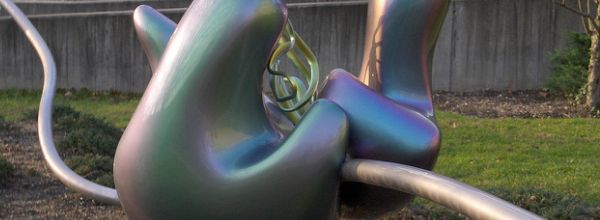The stability of an antibiotic depends on its chemical structure, method of isolation (from natural sources or chemical synthesis), and the mechanisms of inactivation. First generation antibiotics isolated from natural sources, such as penicillin, are the most unstable, followed by its semisynthetic derivatives (such as ampicillin and carboxycylin). Aminoglycosides (kanamicin, spectinomycin, etc.) are more stable. So what does this mean for antibiotic storage and usage in the lab?
General rules for antibiotic storage
- Most antibiotics are stable as dry powders. Dissolving the powder in sterile water or other solvents (most frequently, absolute ethanol) exposes the compound to hydrolysis, making the antibiotic more unstable. That’s why antibiotic stocks should be kept in aliquots at -20°C and agar plates should be kept at 4°C.
- Some studies suggest that penicillin-derived antibiotics and tetracyclins are stable only for 3 months, even at -20°C, but most other antibiotic stocks can be stored at this temperature for at least 6 months.
Media preparation and storage
- To prevent heat inactivation, it is advisable to add antibiotic stock to agar cooled in a water bath to 55°C, just before pouring the plates.
- A number of antibiotics are not only heat- but also light-sensitive (see the table below), so if you store plates in cold rooms with the light on, it’s better to wrap them in foil.
- With certain exceptions, antibiotics are stable in plates for up to 6 months; however, by this time, the plates themselves dry out/crack/swim in condensation, so it’s better not to use them beyond 3 month after pouring.
Using plates containing antibiotics
- Depending on the antibiotic batch and strain background, sensitivity may vary, so before doing a large experiment, it’s a good idea to check how your strain grows on the plate.
- Penicillin and ampicillin are the least stable antibiotics in plates. Plates containing 100 ng/ml of ampicillin can be kept for a month, but by the end of the month the effective concentration is half of the original concentration. These plates can still be used for plating ligations (giving rare transformants time to establish the plasmid and express ?-lactamase), but not plasmid transformations (where transformation frequency is high – you’ll end up with confluent colonies).
For a list of commonly used antibiotics, their mechanisms of action and working concentrations, see our article Antibiotics Used in Molecular Biology.
Sources:
B.J.A. Berendsen,I.J.W. Elbers &A.A.M. Stolker. Determination of the stability of antibiotics in matrix and reference solutions using a straightforward procedure applying mass spectrometric detection. Food Additives & Contaminants: Part A, Volume 28,Issue 12, 2011
Kenneth J. Ryan, Gerald M. Needham, Carol L. Dunsmoor, and John C. Sherris. Stability of Antibiotics and Chemotherapeutics in Agar Plates. Appl Microbiol. 1970 September; 20(3): 447–451.





